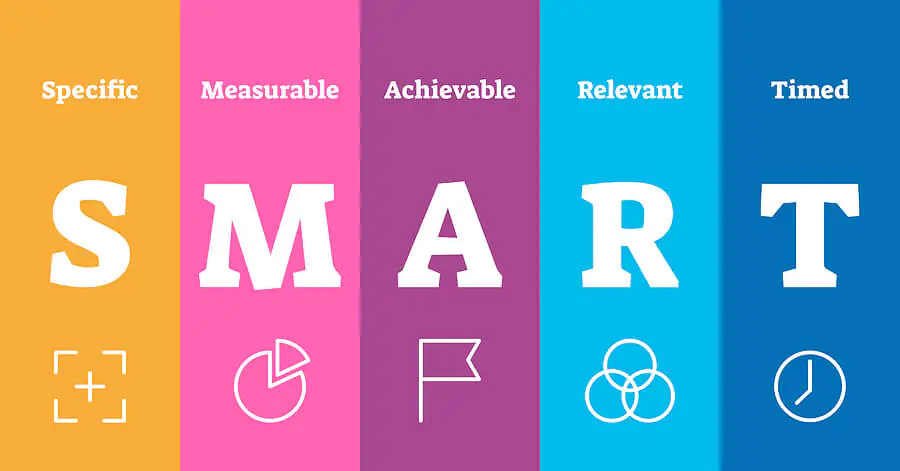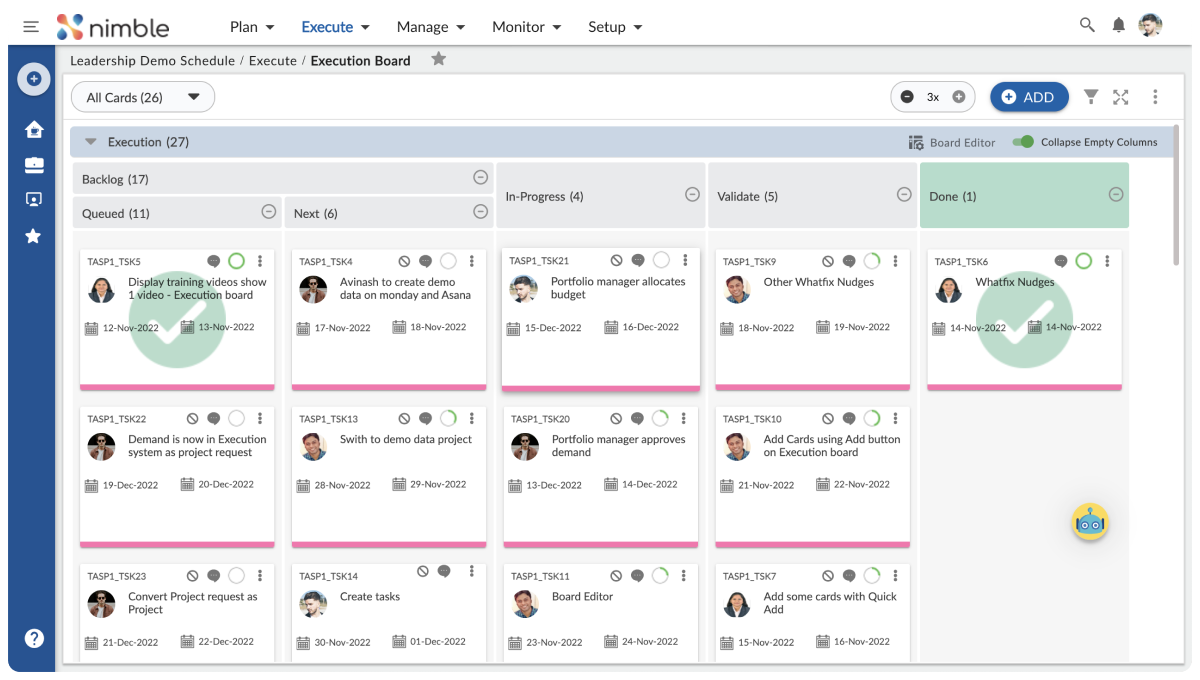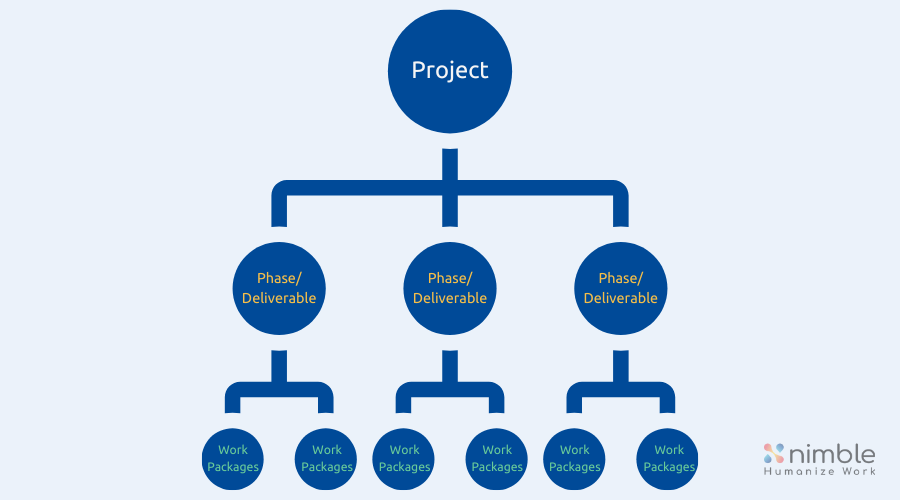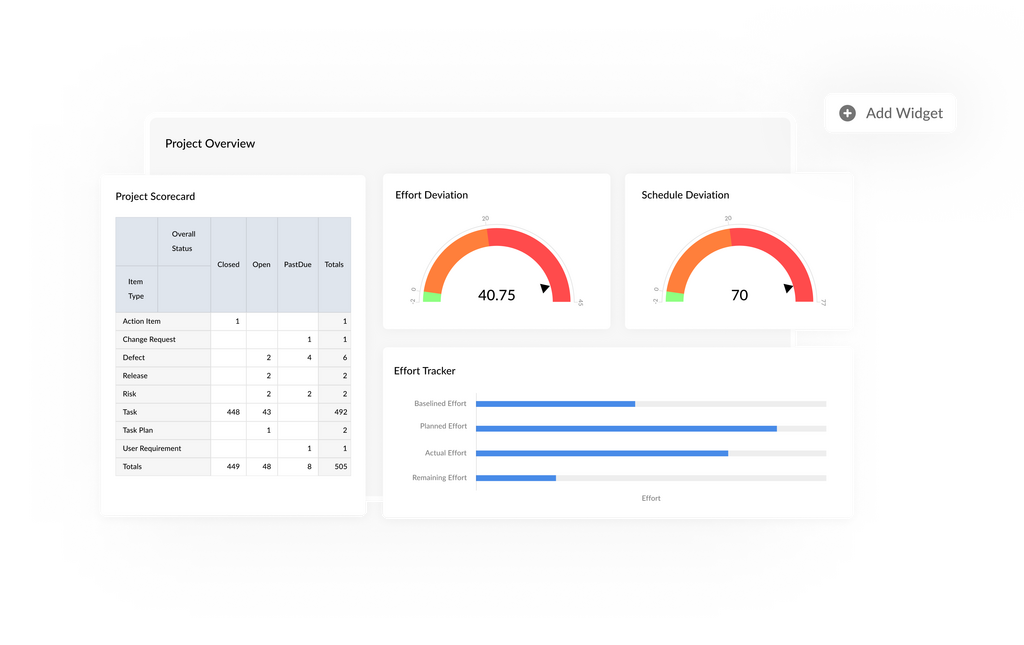If you’ve arrived here, it’s probably because you’ve read lots of advice on collaboration and still have a question: how does it work in large teams? It seems straightforward enough to build a culture of collaboration when your team of six is in the office three days a week and has a chat channel open all the time. But when your team is 60… that’s a different story.
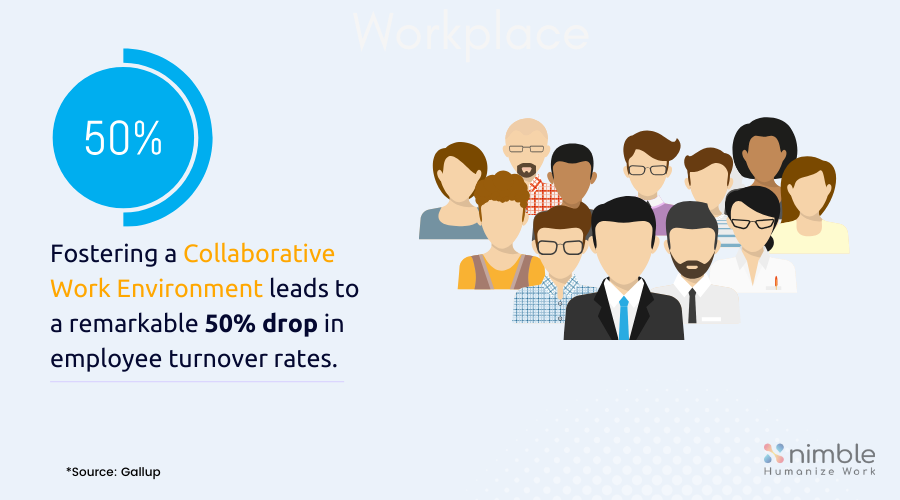
Research by Gallup reveals that companies promoting a collaborative and team-oriented work environment experience a staggering 50% reduction in employee turnover rates. Nurturing a culture of teamwork cultivates higher levels of employee satisfaction, which in turn minimizes attrition. When individuals feel valued and connected to their team, they are significantly more likely to remain loyal and committed to the organization.
On large programs, you might not know all the individuals working on different workstreams within the projects. The chat channels have to be more granular otherwise you’d never keep up with what was going on. So how do large teams plan and collaborate on tasks? There are some things that larger teams have to get right in order to work together effectively, and in this article, you’ll learn exactly what they are and how you can replicate them in your own business.
The Communication Formula
The challenge with large teams is that the more people, the more communication channels. Complex projects can involve teams of upwards of 100, and it’s unlikely that the project manager will work directly with all of them.
If you’ve taken a project management course, you might be familiar with the formula that represents channels of communication:
n (n – 1) /2
In the formula, n represents the number of people in the team. If you have a team of five, there are ten routes for communication to flow between the team members. The team only has to be 15 people before the number of routes for information to flow is over 100, and in our team of 60 people, there are 1,770 routes! There is no way that everyone can stay up-to-date with the latest happenings relying on chit chat by the water cooler.
Now you see the size of the challenge, let’s look at some ways to address that.
Set goals
Shared goals mean everyone is pulling in the same direction. Setting goals for the wider team is the most important thing you can do to ensure that you’re setting the team up for success when planning and working together. Without a common purpose, sub-teams and individuals can lose direction. That can result in miscommunication, lack of clarity, the wrong tasks being done at the wrong time and decisions taken that do not get you closer to the end goal.
Make sure everyone on the team has a clearly defined role. As leaders to work with their sub-teams and each other so responsibilities are known and understood. Where more than one person has the same role, for example, software testers, make sure they know who the other people are and how individual responsibilities are going to be split between them.
Get a collaboration tool
Use a work management tool for file sharing, task management, feedback and kudos. It’s impossible to collaborate effectively in a large team if you don’t all have access to the same documentation to refer to.
Create a single source of the truth for actions, project tasks and dates so that everyone can see what’s required and why, and how different tasks support larger project goals.
Access to a tool is one thing, but team members also need to feel confident using it. Give people the time to learn how to use the features and to migrate their work into the new software for better transparency and productivity.
Communicate and Re-communicate
Stay in contact with the team (or teams if you have several). Share the goals frequently and keep bringing the messaging back to the overall purpose of the work so people can see how their contribution links to the vision. If people can see that their work matters, they are more committed and morale is higher.
As a senior leader, try to be as visible as possible. You don’t have to work in the same location, but make the time to check into virtual meetings, hold Town Halls and be generous with your time so your team know they can come to you.
Break the Work Down
Another thing that large teams do to help plan and collaborate on bigger projects is to break the work into smaller chunks. Sub-teams or workstreams can take responsibility for separate sections of the overall whole. Use a work breakdown structure to do that or organize activities in buckets on a collaboration board.
It’s normally relatively easy to see what tasks different areas and subject matter experts should be responsible for, and go back to your roles and responsibilities discussions if you aren’t sure. Check that only one area or person is responsible for each item, even if many colleagues will contribute to it. A risk for large teams is that multiple people work on the same task without talking to each other and the work is done twice or done differently, so that’s what you’re trying to avoid here.
Track Progress Carefully and Constantly
Larger, more complex projects have more moving parts, so it’s often harder to stay on top of the details, especially if you are higher up the organization structure and not chatting to the people doing the tasks every day.
Use reports from your project management software to track what progress is being made. They will be useful as long as the individuals and team leaders are entering real-time data – and if they know you are looking for it, they’ll be more inclined to keep the software up-to-date.
Make time to stay in touch with team leaders in person or on a call too so you are aware of what progress is being made in their area. A weekly check in call might be all you need.
Create Processes
Create processes for common tasks and set expectations that those process will be followed. For example, if it helps the team to use the standard Scrum ceremonies, or a Kanban board, build those expectations into the ways of working for the team.
Automate as much as possible using standard checklists, templates and template tasks, and workflows.
Value Diversity
Research published in HBR and undertaken by London Business School says teams work better together if a few individuals already know each other. They call this leveraging ‘heritage relationships’ and it shows the power of internal connections. If even a few people know each other before a large team comes together, that can help the relationships build quickly and effectively across the whole team.
Everyone on the team brings something to the job beyond their ability to complete their tasks. Learn from each other and succeed together. At Nimble, the goal is to make work human: to value relationships as well as tasks and to build internal networks.
Collaboration Drives Results
Large teams can work together successfully, collaborating on all sorts of work requirements, but they are made more successful by having the right tools underpinning their work. Successful teams are open with progress, happy to share knowledge and task status and regularly check in with each other up, down and across hierarchical lines to make sure everyone is aware of what’s going on.
To amplify your team’s collaborative potential, consider integrating Nimble capabilities. With Nimble, you’ll streamline communication, task management, and knowledge sharing, empowering your team to achieve even greater heights of success together. Sign up now for a free trial of Nimble.

